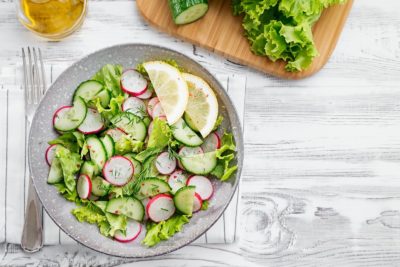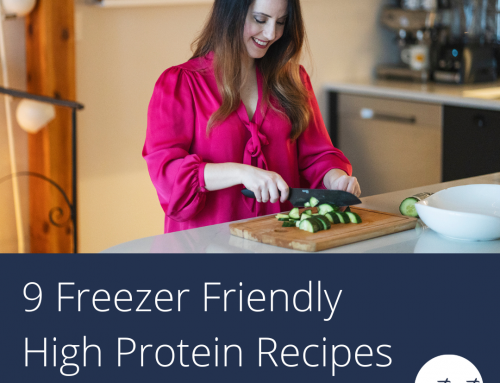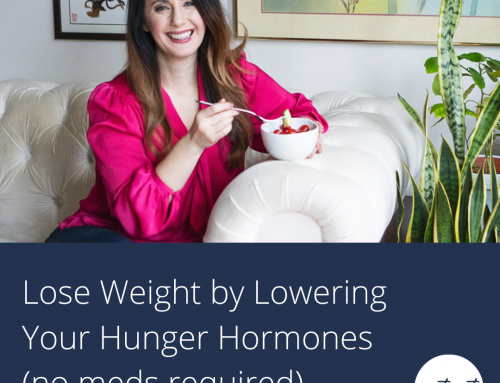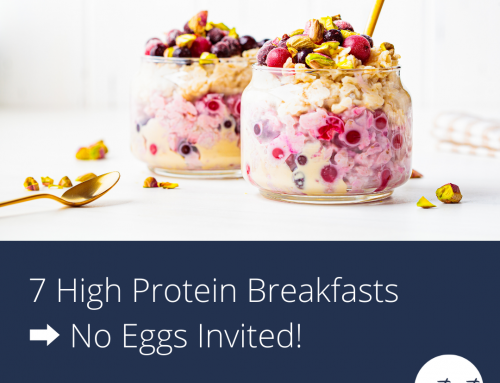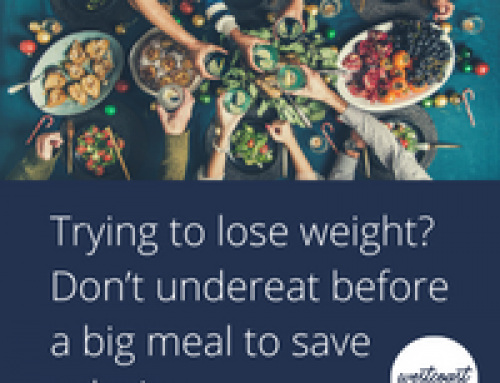Should you try a low carb diet? Here are my top reasons I might suspect a client will benefit from a lower carbohydrate intake.
Carbohydrates are an important nutrient to think about if you’re feeling stuck. They have an important role to play in energy, weight loss, and even digestive health. Here are three times you might want to experiment with less carbs (and more of the other nutrients – we don’t go hungry here). Next week we’ll look at 3 times you might actually need MORE carbs, the examples might surprise you.
Did you miss our top 3 myths about carbs last week? Check it out here.
1. Your energy tanks often throughout the day, especially after lunch.
Carbs are a quick and easy fuel source for our body. Of all the nutrients we can break down for energy (carbs, fats, proteins), carbs are the “go-to” fuel when we are working out at higher intensities OR if we’ve recently eaten carbs and have extra circulating in our blood.
If we eat or drink more carbs than are needed for that time frame, or choose more processed carbs that are absorbed quickly (get a refresher on that here) we’ll also get a big insulin spike to put those carbs in to our cells and any extra in to long term “storage” in our fat cells. This causes a big crash in blood sugar, energy, and focus. You might feel the need for another coffee, feel munchy/snacky, or straight up hungry every couple hours.
The fix? Try one of these strategies to get steady, solid energy throughout the day.
- Get rid of (or cut down on the sugar content) of sweetened drinks – sugar in coffee, flavourings in your latte, iced teas. The rapid absorption of these drinks is THE worst for energy. Try stevia drops if you need a way to wean down that sweet tooth.
- Switch to a less processed carb. Try changing from cereal to fruit and yogurt. Swapping in whole or sprouted grain bread for white toast or an English muffin. Trying fruit on the side of your eggs instead of bread. The slower absorption rate will give you a nice steady drip of energy over the next few hours instead of a big spike and crash.
- Lower the amount of carb at your meal, and increase the fibre rich veggies, protein foods and healthy fats. Have a smaller portion of rice (start with ¼ plate) or quinoa but up the veggies and chicken or tofu. Throw a couple hard boiled eggs on your salad and drop the granola bar that you had on the side. Put more non starchy veggies like onions, peppers, zucchini or broccoli in your roasted veggie mix while lowering the number of sweet potatoes. Swap in zucchini noodles for half of your pasta noodles. Add some avocado to your sandwich or wrap. Use less oats and add some peanut butter, protein powder or seeds on top.
2. You’re 30’s, 40’s or up, eat well, but struggle to lose weight no matter what you do.
A word of caution here to get some help figuring this one out. Struggling to lose weight can also be linked to thyroid, hormonal balance, and undereating/overtraining over a long time (chronic dieters, I’m looking at you).
When we haven’t recently eaten carbs, our body uses fatty acids stored in our cells to make energy. If there isn’t enough, we’ll release fatty acids from our very large “storage locker” of fat cells (adipocytes). Even the leanest among us here has over 10, 000 calories worth of fat stored in those cells for a rainy day!
When we eat carbs often, graze on small amounts of carbs over the day, or have a very high carb meal, snack or beverage (like that vanilla latte in the morning) we are going to shut off our body’s access to all that stored energy. Over time this can compound with insulin resistance, where our healthy cells can’t take in the carbs in our blood, so this is converted to fat and stored in that storage locker. This is a double whammy. You’re both struggling to use the stored fat for energy, and likely storing more of the energy you’re actually taking in.
The fix: Same as above!
- Start with swapping more processed carbs for whole foods. This will slow that blood sugar rise down, lowering insulin in the process.
- Once you’ve worked on that, try adding in a few lower carb meals per week. Have a big salad with a healthy dose of protein or fat, swap in zucchini noodles for pasta, or simply increase the veggies and protein on your plate.
- Try having ¾ of your usual portion of rice, quinoa, or pasta and gradually decrease.
- Don’t forget to still include some carbs you really enjoy each week! Remember that sustainability and consistency trumps fast or strict every time.
3. You eat well, are active and still struggle with high cholesterol.
What does sugar and carbs have to do with cholesterol? Being active, choosing healthy fats, eating lots of fibre and lowering stress all support lower cholesterol levels, but sometimes this isn’t enough. Insulin, the hormone released when we eat carbohydrates, also drives the production of lipoproteins (that’s what LDL on your bloodwork is). While we need insulin and lipoproteins, too much of either increases your risk of high cholesterol and heart disease.
The fix:
All the same strategies as above! By now you should see a pattern, you can try swapping in whole foods for processed carbs, lowering your portion of carbs at a few meals and gradually progressing from there until you find YOUR sweet spot.
Finding the right amount of carbs for your age, activity, genetics, and unique history with food is so important to long term success! Read the rest of our Carb Confusion Series here:
Top 3 Myths About Carbs You Need to Know
Carb Confusion: Do you Need Low Carb or More Carb?
You May Need MORE Carbs In Your Diet If…
Need some help getting your meals for the week balanced and prepared? If you’d like to receive our free Meal Planning Getting Started Guide AND get in on our weekly emails about all things nutrition so you can get clarity and confidence on what you’re eating, join us here!


